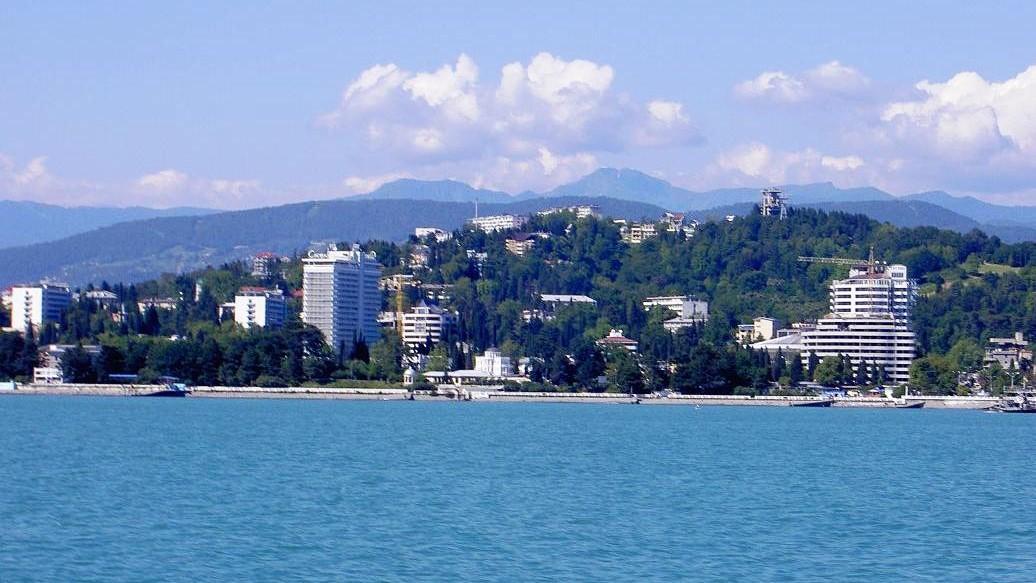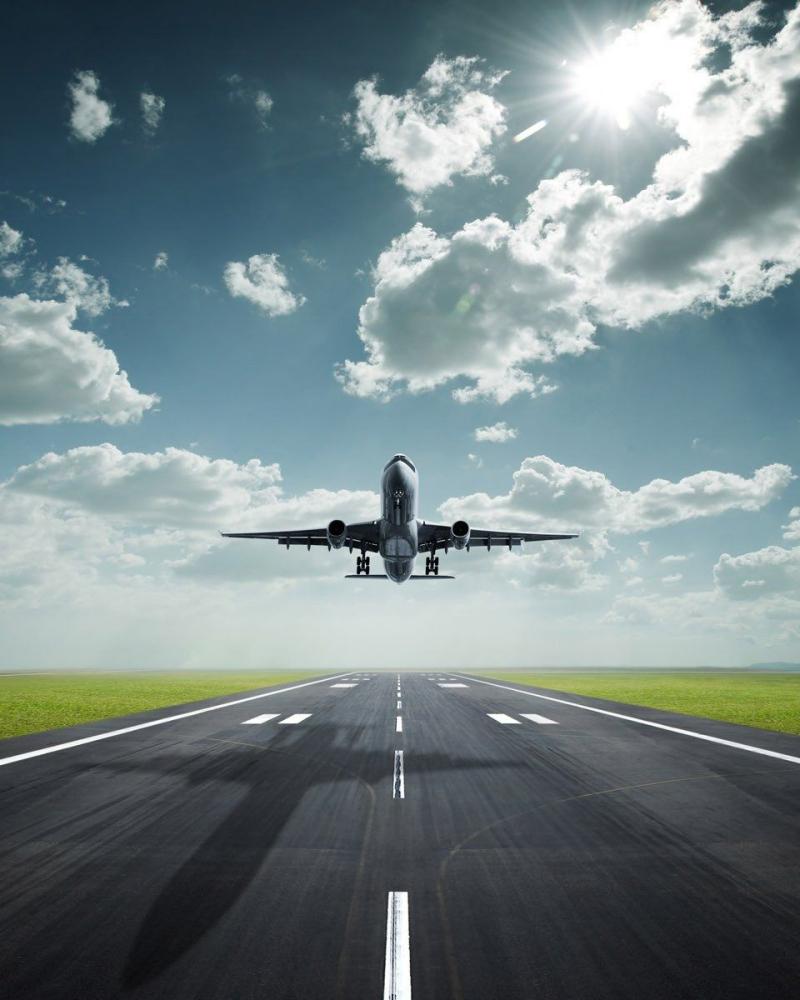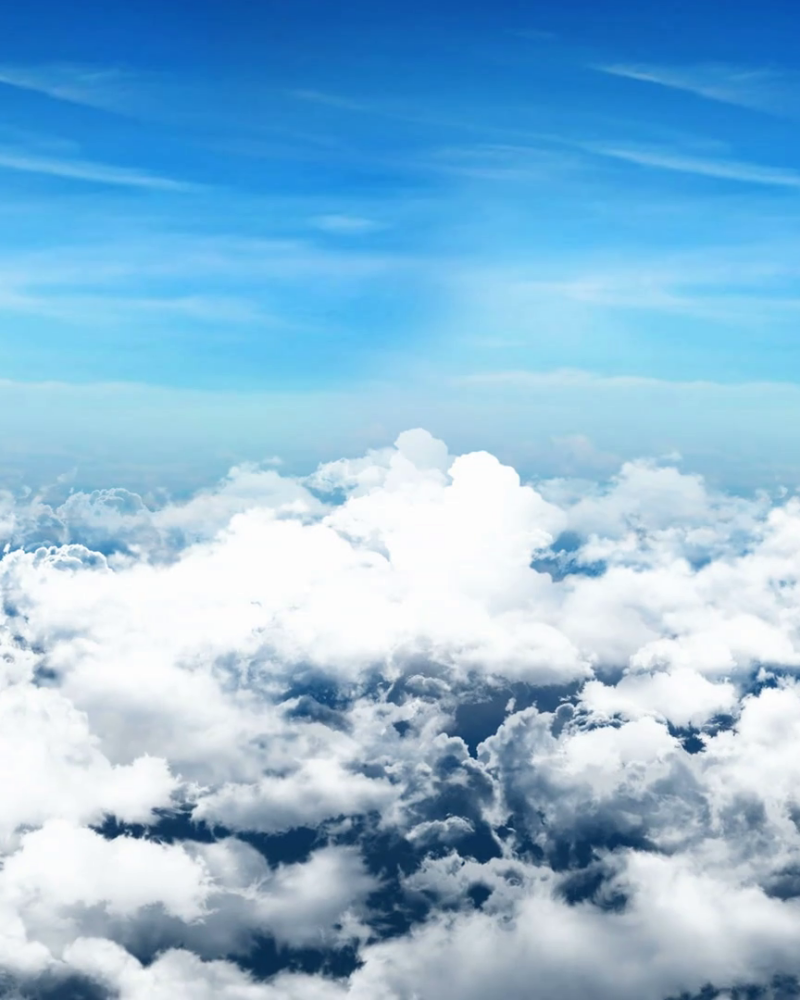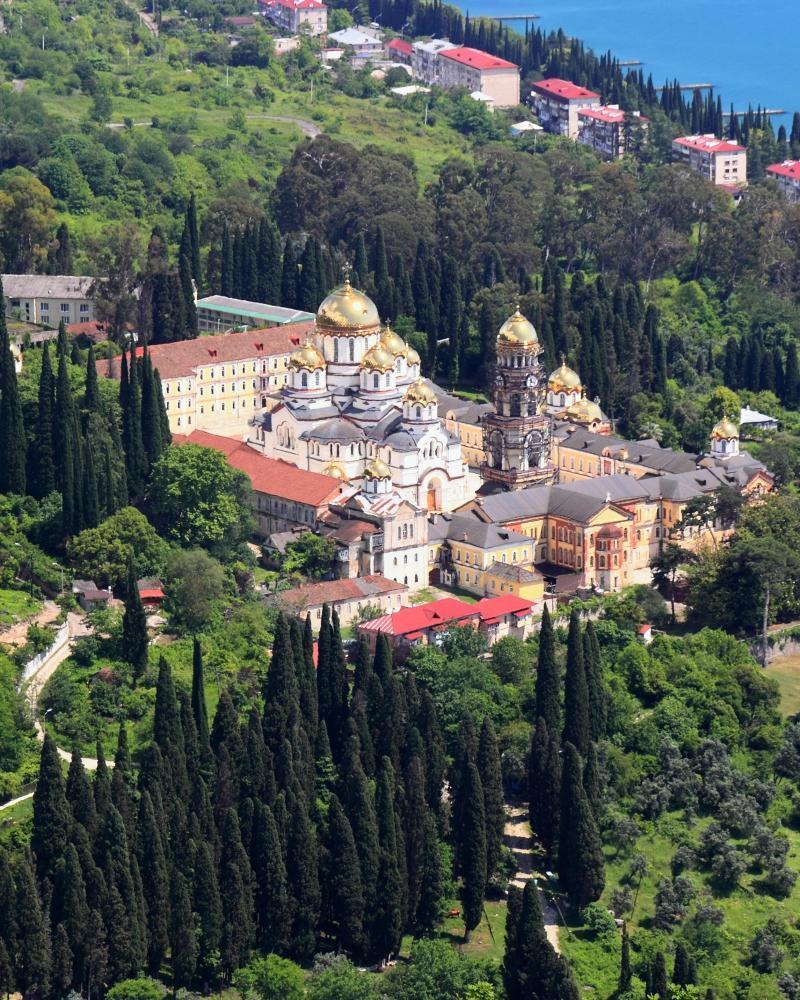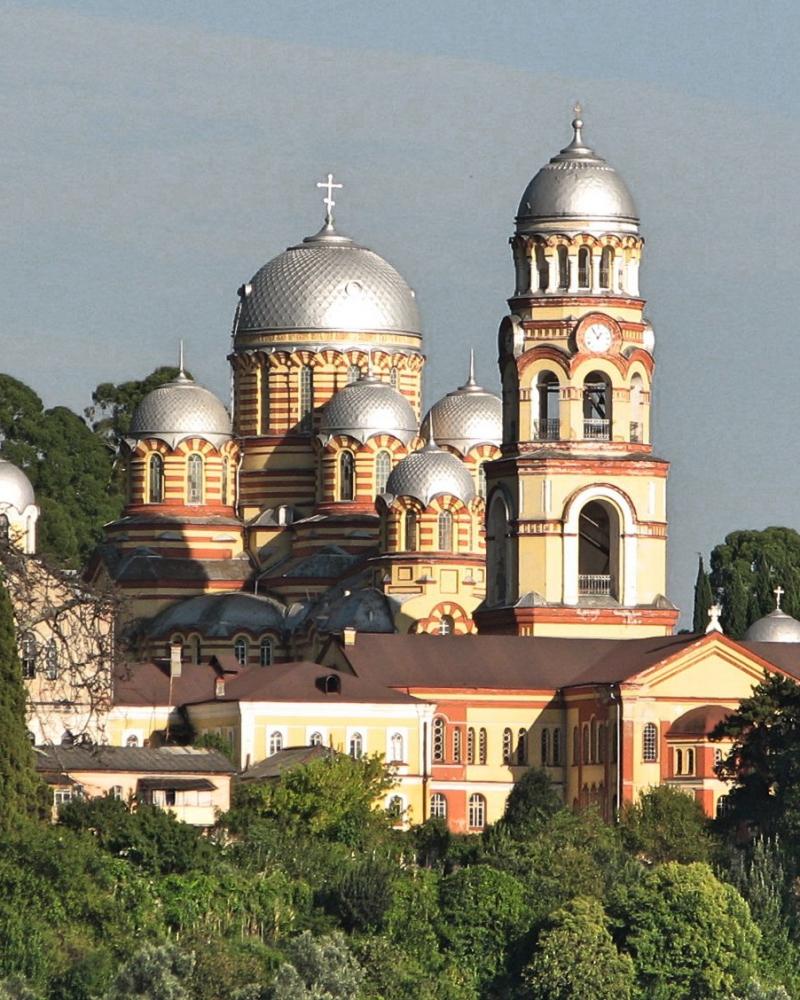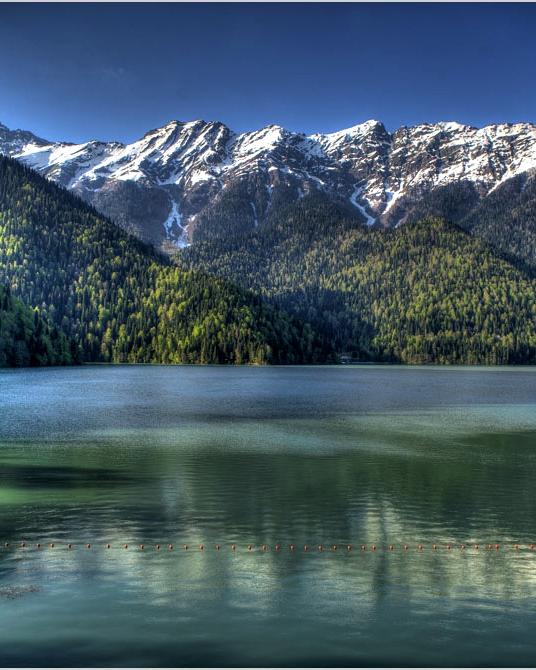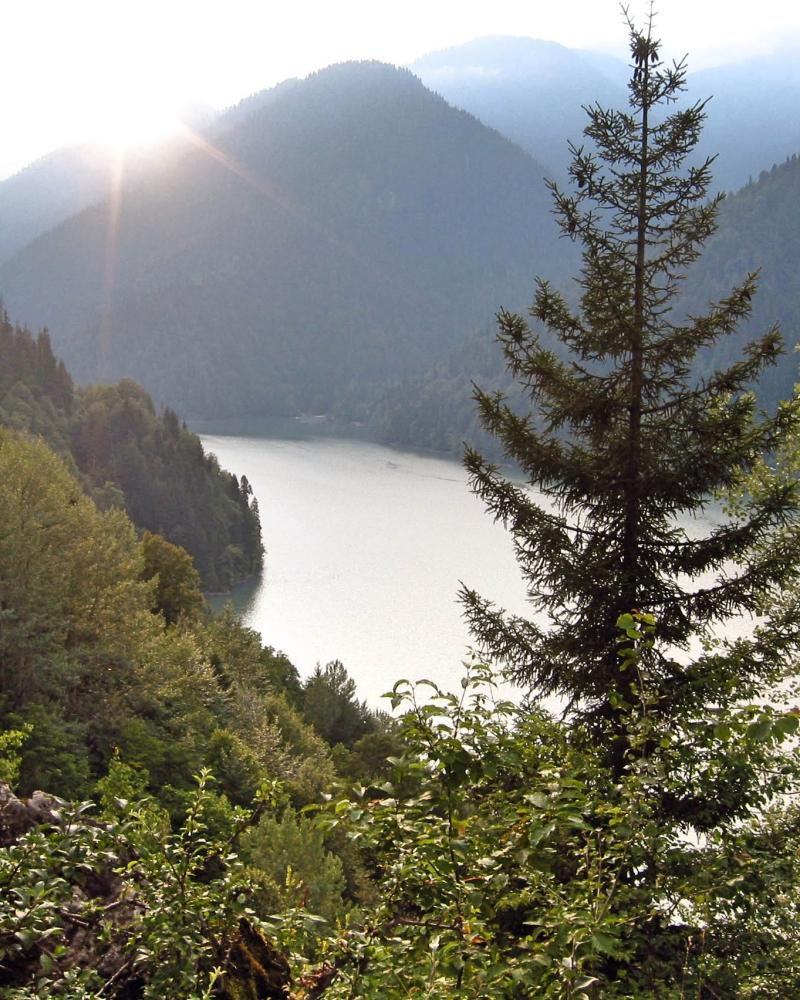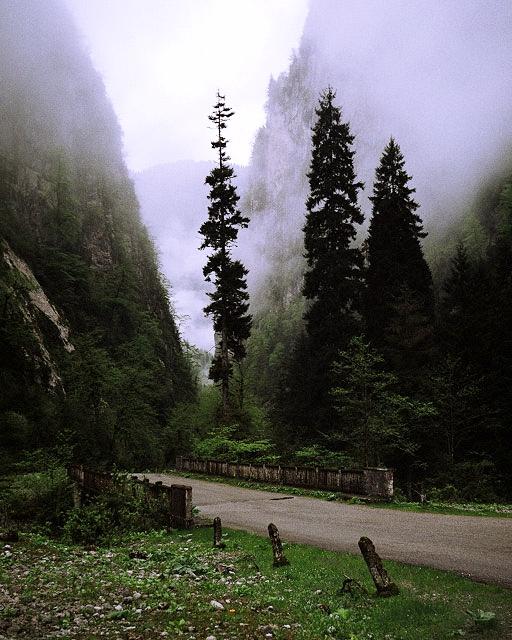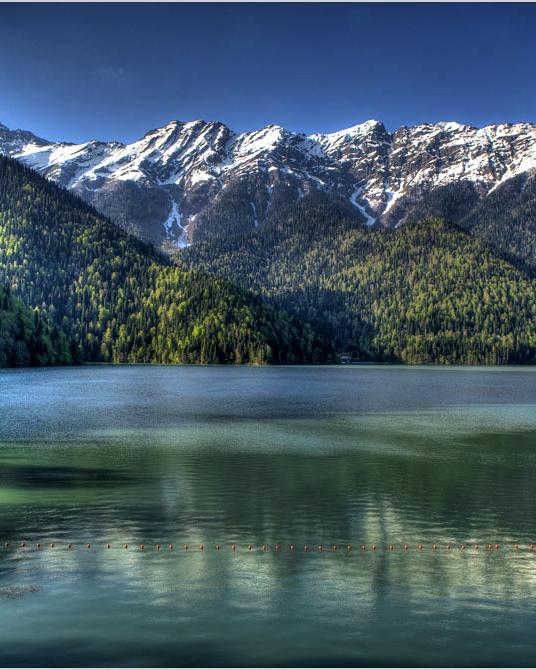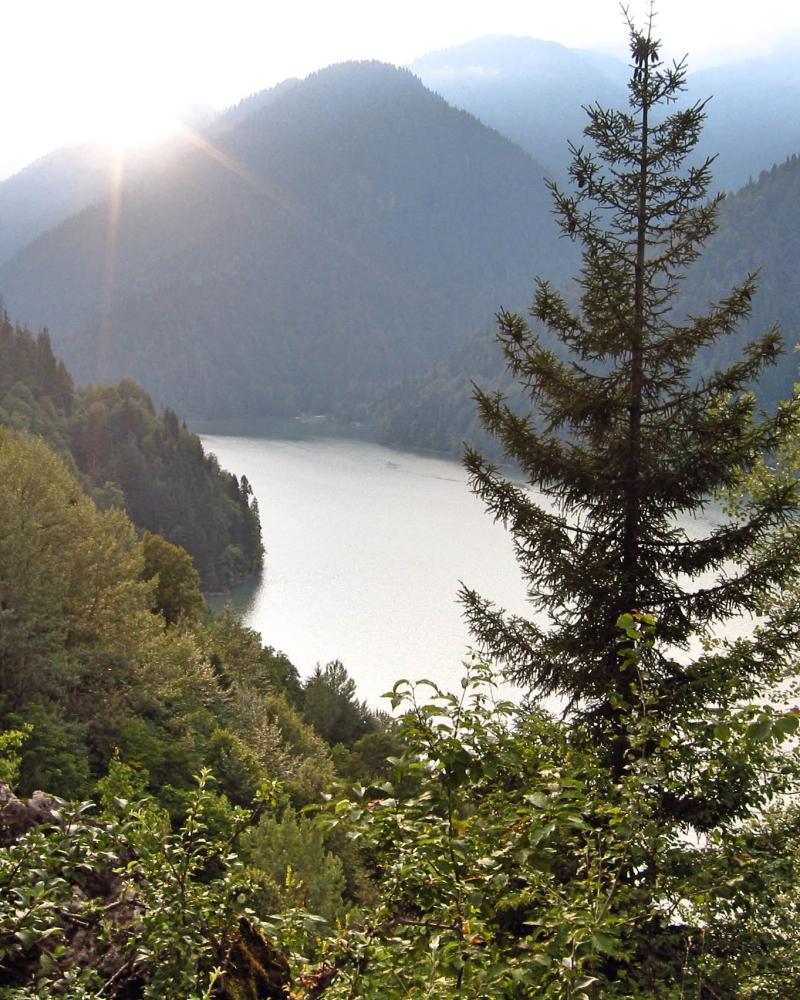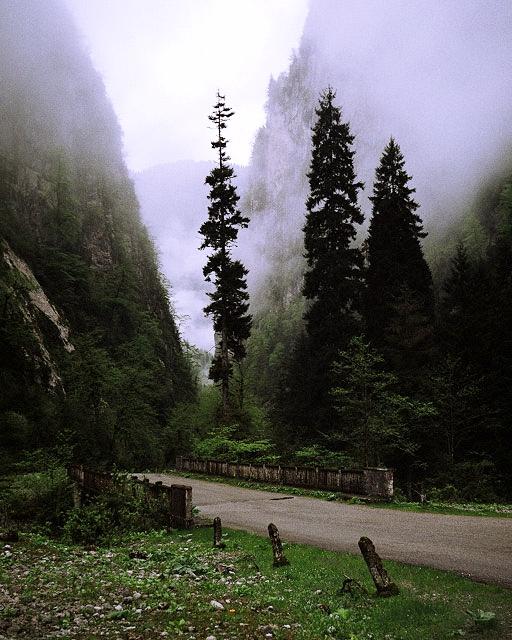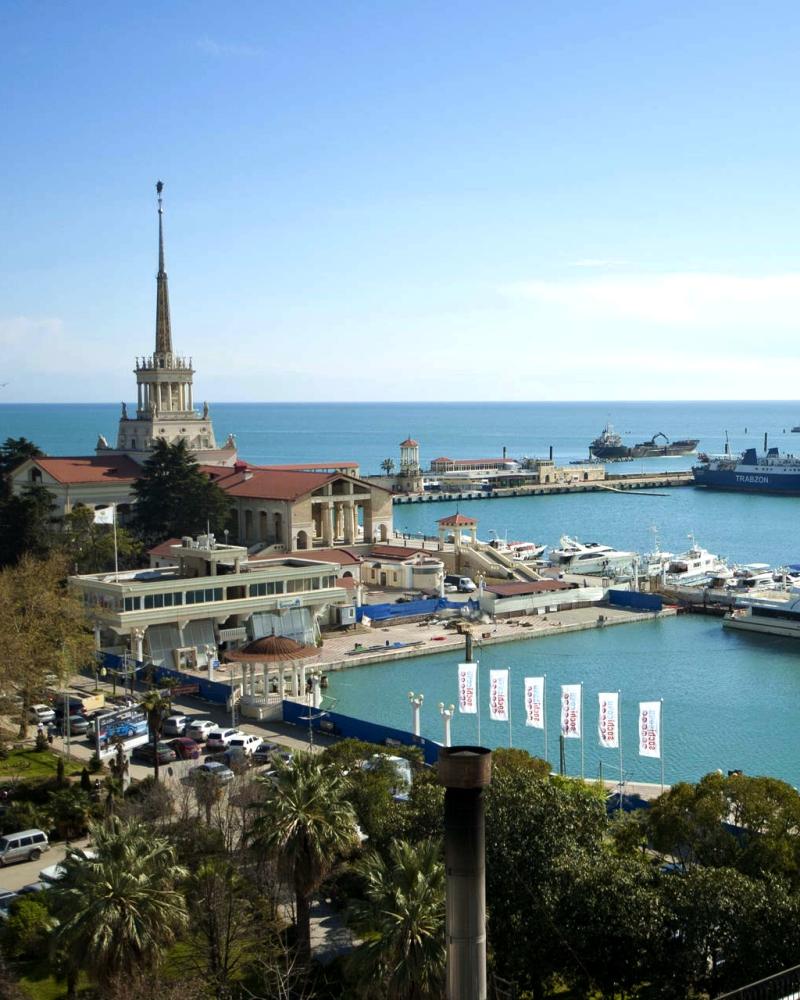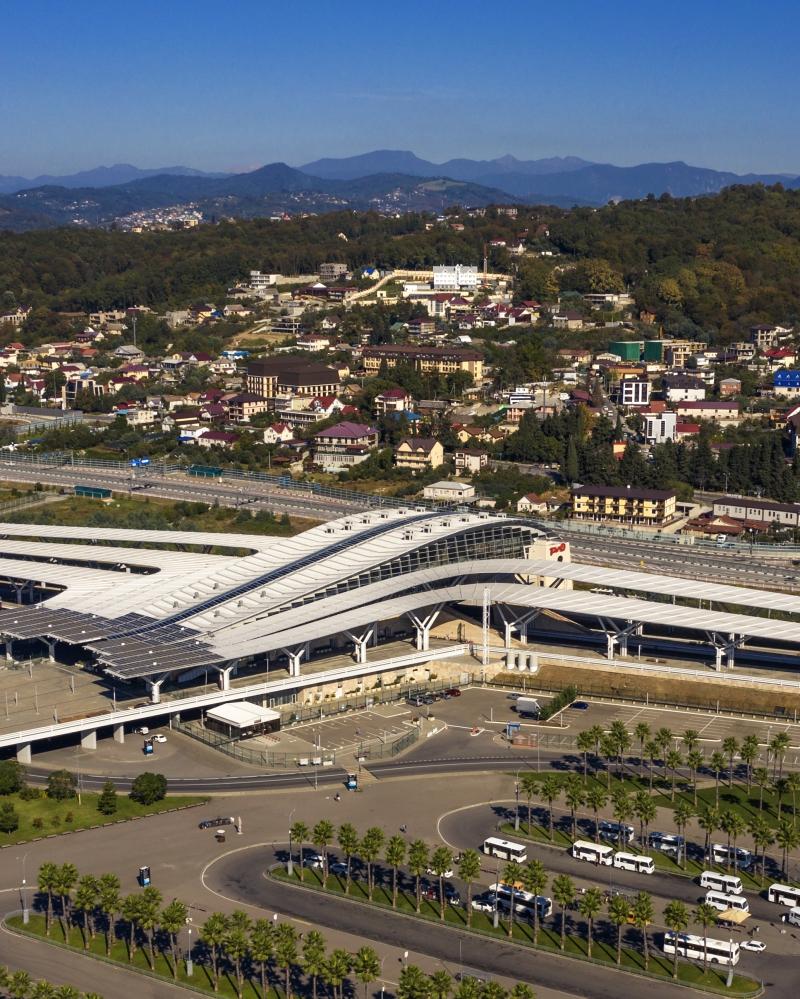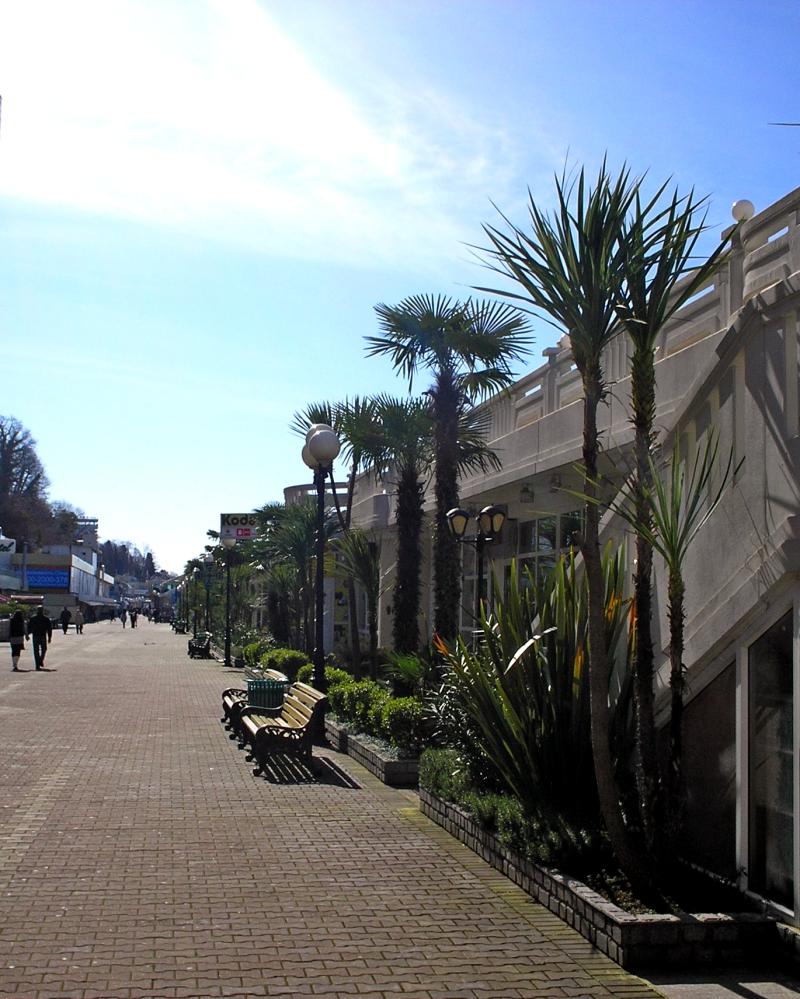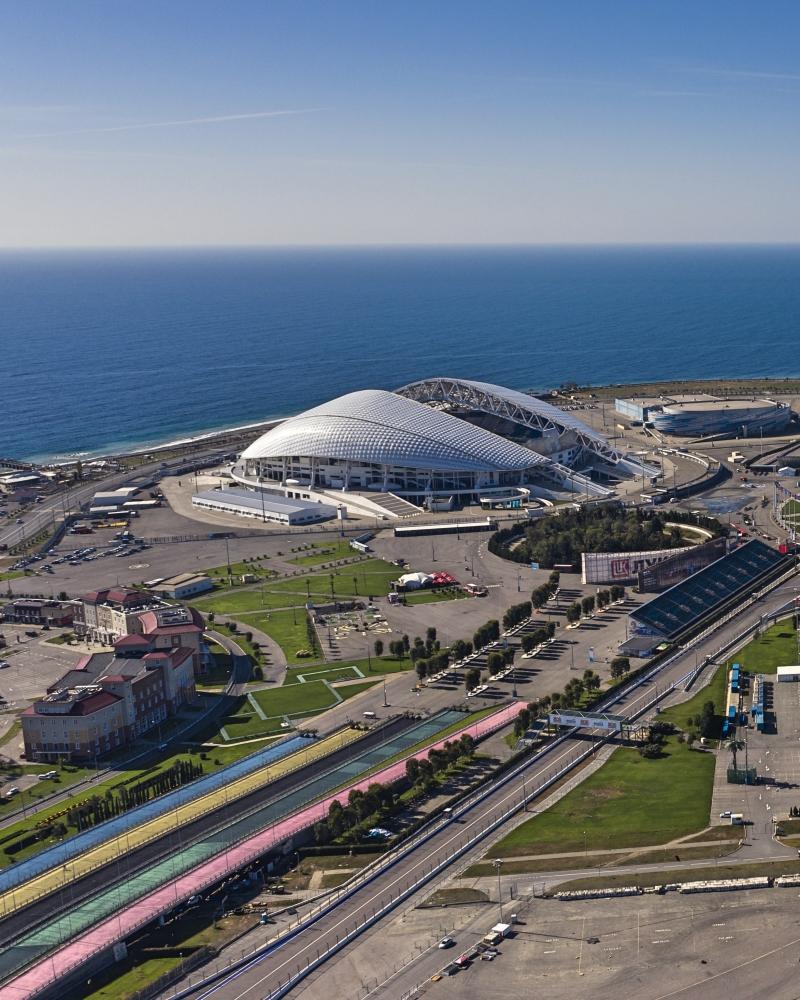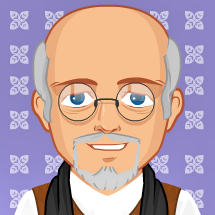Around Black Sea: Abkhazia – Sochi – Crimea
About Tour
Arrival by plane in Sochi
Included highlights:
- Transfer to Sochi and accommodation at Park Inn 4* Hotel in Soci.
- Lunch in Caucasus restaurant.
- Free time.
- Dinner.
Following Russia’s loss of the traditionally popular resorts of the Crimean Peninsula (transferred from the Russian SFSR to the Ukrainian SSR in 1954 by Nikita Khrushchev), Sochi emerged as the unofficial summer capital of the country. In 1961, Soviet officials decided to expand the city limits by forming a Greater Sochi which extended for 140 kilometers from the southern parts of Tuapse to Adler. In July 2005, Russia submitted a successful bid for hosting the 2014 Winter Olympics in the city, spending around $51 billion in the process. Additionally, Sochi has also served as the location for the signing of many treaties, especially those between the Georgian, separatist Abkhazian, and separatist South Ossetian governing authorities.
Included meals:
- Lunch
- Dinner
All day in Abkhazia
Included highlights:
- Breakfast in the hotel.
- Abkhazia Day with photo-stops on the way.
- Visit Ritza lake.
- Lunch with local cuisine, wine degustation.
- Visit Novy Afon monastery.
- Visit Novy Afon Waterfall handcrafted by monks.
- Return to Soci, accommodation in the same hotel.
- Dinner in hotel.
Abkhazia covers an area of about 8,660 km2 (3,344 sq mi) at the western end of Georgia. The Caucasus Mountains to the north and the northeast divide Abkhazia and the Russian Federation. To the east and southeast, Abkhazia is bounded by the Georgian region of Samegrelo-Zemo Svaneti; and on the south and southwest by the Black Sea. Abkhazia is diverse geographically with lowlands stretching to the extremely mountainous north. The Greater Caucasus Mountain Range runs along the region’s northern border, with its spurs – the Gagra, Bzyb and Kodori ranges – dividing the area into a number of deep, well-watered valleys. The highest peaks of Abkhazia are in the northeast and east and several exceed 4,000 meters (13,123 ft) above sea level. Abkhazia’s landscape ranges from coastal forests and citrus plantations to permanent snows and glaciers in the north of the region. Although Abkhazia’s complex topographic setting has spared most of the territory from significant human development, its cultivated fertile lands produce tea, tobacco, wine and fruits, a mainstay of the local agricultural sector. After breakfast we visit Stalin’s Datcha - historical place where Joseph Stalin spent his time.
Included meals:
- Breakfast
- Lunch
- Dinner
Abkhazia
Included highlights:
- Breakfast in the hotel.
- Depart to Ritza Lake.
- Brezhnev and Stalin houses.
- Lunch with local cuisine.
- Back to the same hotel and dinner.
Lake Ritsa is a lake in the Caucasus Mountains, in the north-western part of Abkhazia, surrounded by mixed mountain forests and subalpine meadows. The road from the Black Sea coast was built in 1936. The resort of Avadhara lies to the north of the lake. The lake was an important tourist attraction during the Soviet period. It is still frequented by Russian tourists. Lake Ritsa is one of the deepest lakes in Abkhazia (116 m), and is rich in trout. It is fed by six rivers and drained by one, the Iupshara River. Lake Ritsa water is cold and clear. Mountains with heights of 2,200 to 3,500 m surround the lake. The region around Lake Ritsa is a part of the Euxine-Colchic deciduous forests ecoregion with a fairly high concentration of evergreen boxwood groves. Many specimens of the Nordmann Fir, which reach heights of over 70 metres (230 ft), are found around the lake. In 1930 the Ritsa Nature Reserve (162.89 km2) was established to protect the natural state of the lake and the surrounding land. The Soviet leader Joseph Stalin had one of his summer-houses (dacha) by the lake. Later Leonid Brezhnev had his summer house nearby as well. Today dacha belongs to the Abkhazian government. The average annual temperature in the area is 7.8 degrees Celsius (January -1.1°C, August 17.8°C). The mean annual precipitation is approx. 2,000 - 2,200 mm. Winters are sometimes snowy, summers warm. Back to the same hotel and dinner.
Included meals:
- Breakfast
- Lunch
Full day dedicated to Sochi and neighborhood
Included highlights:
- Breakfast in the hotel (Sochi Park Inn).
- Sochi city tour: Olympic objects, Sochi Marina, Central embankment.
- Lunch.
- Back to the hotel.
- Free time.
- Dinner.
Both the Olympics and 2014 Winter Paralympics were organized by the Sochi Organizing Committee (SOOC). Sochi was selected as the host city in July 2007, during the 119th IOC Session held in Guatemala City. It was the first Olympics to be held in a CIS state since the breakup of the Soviet Union in 1991. The Soviet Union was previously the host nation for the 1980 Summer Olympics in Moscow. These were the first Olympic Games under the International Olympic Committee (IOC) presidency of Thomas Bach. A record 98 events in fifteen winter sport disciplines were held during the Games. A number of new competitions - a total of twelve accounting for gender – were held during the Games, including biathlon mixed relay, women’s ski jumping, mixed-team figure skating, mixed-team luge, half-pipe skiing, ski and snowboard slopestyle, and snowboard parallel slalom. The events were held around two clusters of new venues: an Olympic Park constructed in Sochi’s Imeretinsky Valley on the coast of the Black Sea, with Fisht Olympic Stadium, and the Games’ indoor venues located within walking distance, and snow events in the resort settlement of Krasnaya Polyana. The 2014 Winter Olympics were the most expensive Games in the history of the Olympics. While originally budgeted at US$12 billion, major cost overruns, caused this figure to expand to US$51 billion, more than three times the cost of the 2012 London Olympics and even surpassing the estimated $44 billion cost of the 2008 Summer Olympics in Beijing. The 2014 Games achieved a record broadcast audience of 2.1 billion people worldwide.
Included meals:
- Breakfast
- Lunch
- Dinner
Sochi - Krasnaya Polyana
Included highlights:
- Breakfast in the hotel.
- Krasnaya Polyana tour - modern mountain resort Cable car, panoramic view.
- Lunch with the view restaurant Mineral spring Chvizhepse Mountain draft brewery.
- Back to the hotel.
- Dinner.
Included meals:
- Breakfast
- Dinner
- Lunch
Sochi - Crimean Bridge – Sevastopol
Included highlights:
- Breakfast in the hotel.
- Check-out.
- Bus to Crimea.
- Lunch on the way.
- Check-in at Aquamarine Hotel in Sevastopol.
- Dinner.
Sevastopol was founded in June 1783 as a base for a naval squadron under the name Akhtiar (White Cliff), by Rear Admiral Thomas MacKenzie (Foma Fomich Makenzi), a native Scot in Russian service; soon after Russia annexed the Crimean Khanate. Five years earlier, Alexander Suvorov ordered that earthworks be erected along the harbour and Russian troops be placed there. In February 1784, Catherine the Great ordered Grigory Potemkin to build a fortress there and call it Sevastopol. The realisation of the initial building plans fell to Captain Fyodor Ushakov who in 1788 was named commander of the port and of the Black Sea squadron. It became an important naval base and later a commercial seaport. In 1797, under an edict issued by Emperor Paul I, the military stronghold was again renamed to Akhtiar. Finally, on 29 April (10 May), 1826, the Senate returned the city’s name to Sevastopol.
The Crimean Bridge also called the Kerch Strait Bridge, or colloquially the Kerch Bridge is a pair of parallel bridges constructed by the Russian Federation to span the Strait of Kerch between the Taman Peninsula of Krasnodar Krai and the Kerch Peninsula of Crimea (Russian-annexed, mostly internationally recognised as part of Ukraine). The bridge complex provides for both road and rail traffic (the latter still under construction). With a length of 19 km, it is the longest bridge Russia ever built and is often considered to be the longest bridge of Europe.
Included meals:
- Breakfast
- Lunch
- Dinner
Sevastopol
Included highlights:
- Breakfast in the hotel.
- Sevastopol city tour, including visit to Submarine’s station museum.
- Lunch included during these visits.
- Visit Malakhov Kurgan memorial Visit Mountain Sapun, war exposition.
- Back to the Aquamarine Hotel.
- Dinner.
Naval museum complex Balaklava “The Cold War Museum”, designation K-825) is an underground submarine base in Balaklava, Crimea, Ukraine (originally known as Object 825 GTS). It was a topsecret military facility during the Cold War, located in Balaklava Bay. Today it serves as a museum and also houses a museum about the Crimean War.
The Battle of Malakoff was a French attack against Russian forces on the Malakoff redoubt and its subsequent capture on 8 September 1855 as a part of the Siege of Sevastopol during the Crimean War. The French army under General MacMahon successfully stormed the Malakoff redoubt, while a simultaneous British attack on the Redan to the south of the Malakoff was repulsed. In one of the war’s defining moments, the French zouave Eugène Libaut raised the French flag on the top of the Russian redoubt. The Battle of Malakoff resulted in the fall of Sevastopol on 9 September, bringing the 11-month siege to an end.
Included meals:
- Breakfast
- Lunch
- Dinner
Sevastopol - tour of Palaces of Crimea – Yalta
Included highlights:
- Breakfast in the hotel,
- Tour to South Palaces of Crimea,
- Road along the amazing south coast,
- Baidarsky Foros “Flying” Church,
- The Vorontsov Palace,
- Lunch,
- Visit Livadiya palace,
- Yalta embankment walk.
- Dinner in the Aquamarine Hotel.
- Same accommodation.
Baidarsky Foros “Flying” Church (The Church of Christ’s Resurrection) is a popular tourist attraction on the outskirts of Yalta in the Crimea, known primarily for its scenic location, overlooking the Black Sea littoral from a 400-metre cliff near Baidarsky Pass. The Foros Church is a popular wedding location. Visit Vorontsovsky palace “Swallow nest” castle. Built in 1912, the Swallow’s Nest is one of the NeoGothic châteaux fantastiques near Yalta. The Vorontsov Palace or the Alupka Palace is an historic palace situated at the foot of the Crimean Mountains near the town of Alupka in Crimea. The Vorontsov Palace is one of the oldest and largest palaces in Crimea, and is one of the most popular tourist attractions on Crimea’s southern coast. Lunch with an extraordinary view.
Visit also Livadiya palace, who was a summer retreat of the last Russian tsar, Nicholas II, and his family in Livadiya, Crimea. The Yalta Conference was held there in 1945, when the palace housed the apartments of Franklin Roosevelt and other members of the American delegation. Today the palace houses a museum, but it is sometimes used for international summits. Yalta embankment walk. Dinner in the Aquamarine Hotel. Same accommodation.
Included meals:
- Breakfast
- Lunch
- Dinner
Crimea Palaces
Included highlights:
- Breakfast in the hotel.
- Visit Bahchisaray Palace.
- Lunch with Folklor Show.
- Coffee ceremony, sweets ceremony, food master class.
- Same accommodation.
- Dinner.
Bakhchysarai is a town in central Crimea, a territory recognized by a majority of countries as part of Ukraine and annexed by Russia as the Republic of Crimea. It is the administrative center of the Bakhchysarai Raion, as well as the former capital of the Crimean Khanate. The Khan’s Palace or Hansaray is located in the town of Bakhchysarai, Crimea. It was built in the 16th century and became home to a succession of Crimean Khans. The walled enclosure contains a mosque, a harem, a cemetery, living quarters and gardens. The palace interior has been decorated to appear lived in and reflects the traditional 16th-century Crimean Tatar style. It is one of the best known Muslim palaces found in Europe, alongside Topkapı Palace, Dolmabahçe Palace, Yıldız Palace, Aynalıkavak Palace, Edirne Palace, Çırağan Palace in Turkey and the Alhambra in Spain. The city of Bakhchisaray and the palace were commissioned by the Crimean Khan dynasty, who moved their capital here from Salaçıq in the first half of the 16th century. The palace’s complex design and minarets were constructed in the 16th century by Ottoman, Persian and Italian architects. Later damages required partial reconstruction, but the structure still has a resemblance to its original form. Some buildings currently in the palace were attached later, while some of the original buildings could not stand past the 18th century.
Included meals:
- Breakfast
- Lunch
- Dinner
Tour of Balaklava
Included highlights:
- Breakfast in the hotel.
- Balaklava tour.
- Fish lunch.
- Visit Sparkling Wine factory with degustation.
- Dinner.
- Same accommodation.
On the edge of the city of Sevastopol, on a wellprotected bay on the Black Sea, is the small harbor town of Balaklava. This quaint sleepy town has an interesting history and is well worth a visit if you are in the Crimea. It is known in history for the “Charge of the Light Brigade”, a near-suicidal attack by British cavalry against Russian cannon, which took place 4 km outside the town in 1854. The town is overlooked by the remains of a Genoese fortress; the Genoese used the port as a staging place for their lucrative trade in slaves and goods.
Later the Mongols took it, and the Ottoman Empire took control of it in 1475. In the 1850s the harbor was filled with British troops and ships during the Crimean War. Later the Soviets built a submarine base into one of the hillsides, and turned the town into one of the most secret of locations during the Cold War era. In 1991 the base was closed and the last submarine left in 1996. And now it can be visited with a Russianlanguage guided tour. Balaklava is just waking up to its tourist potential and new hotels and restaurants are opening up. Balaklava is a mixture of luxury yachts moored next to expensive hotels and empty derelict factories and buildings dotted on the edge of the waterfront.
Included meals:
- Breakfast
- Lunch
- Dinner
Departure home
Included highlights:
- Breakfast in the hotel.
- Check-out.
- Transfer to the Airport, part of the way buy Tram.
Included meals:
- Breakfast
